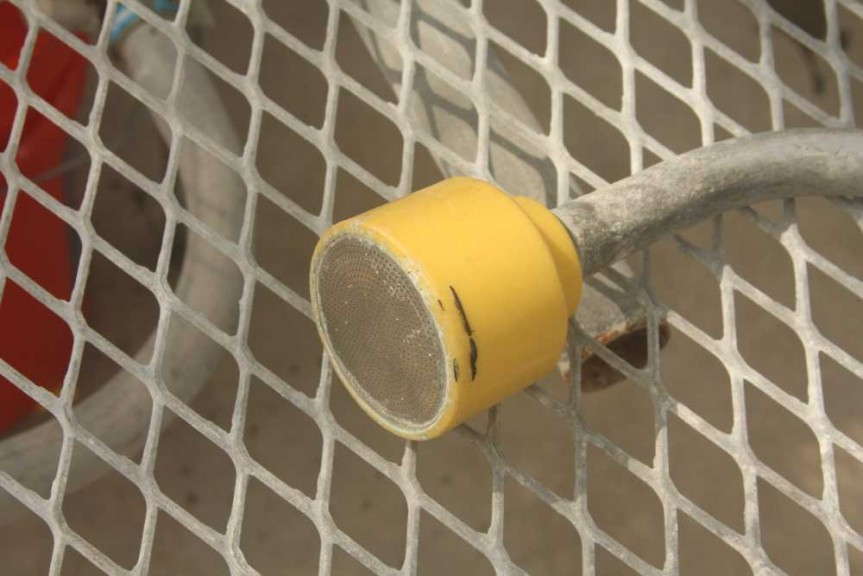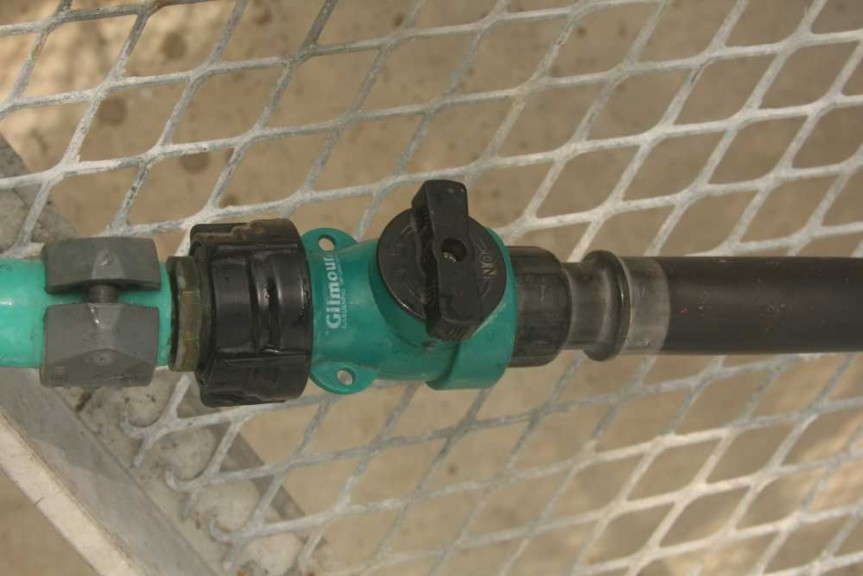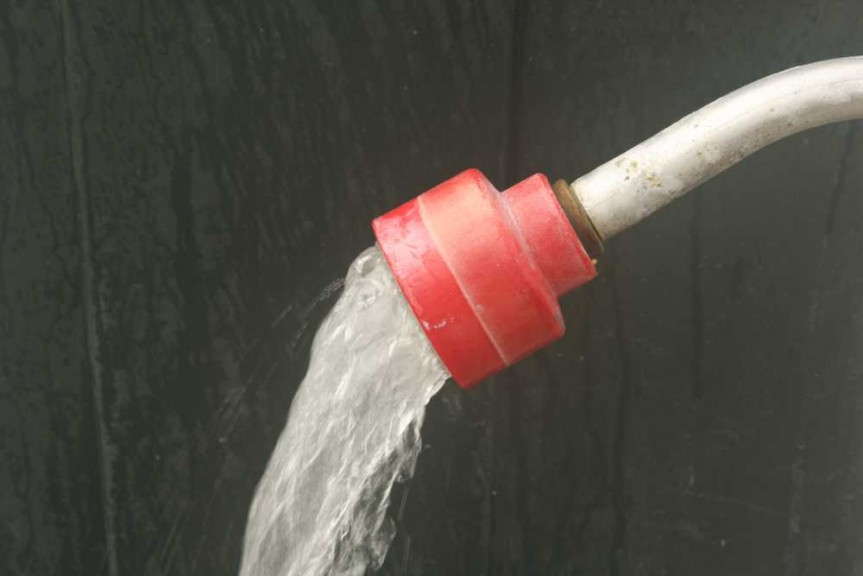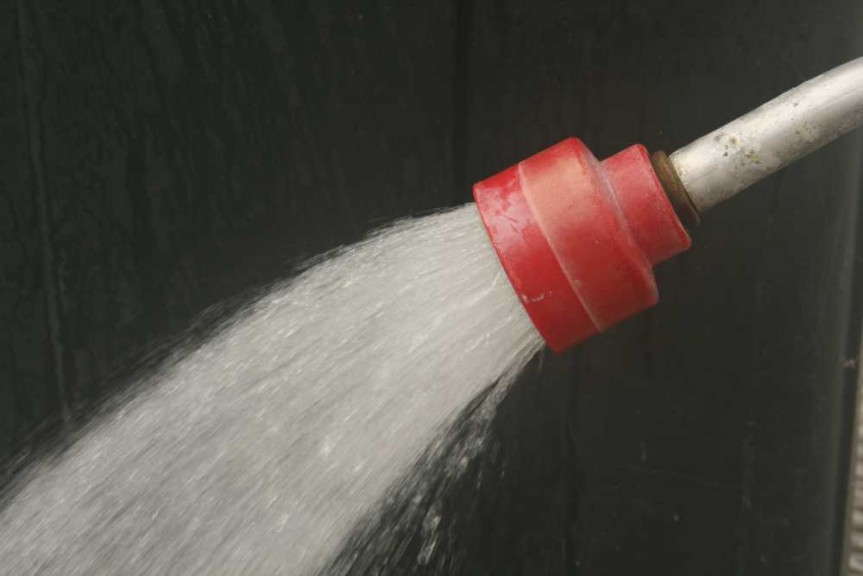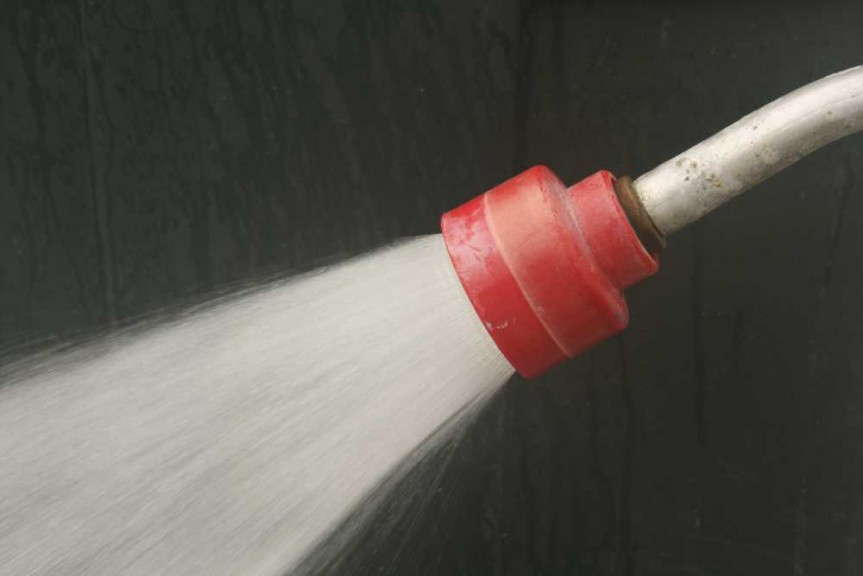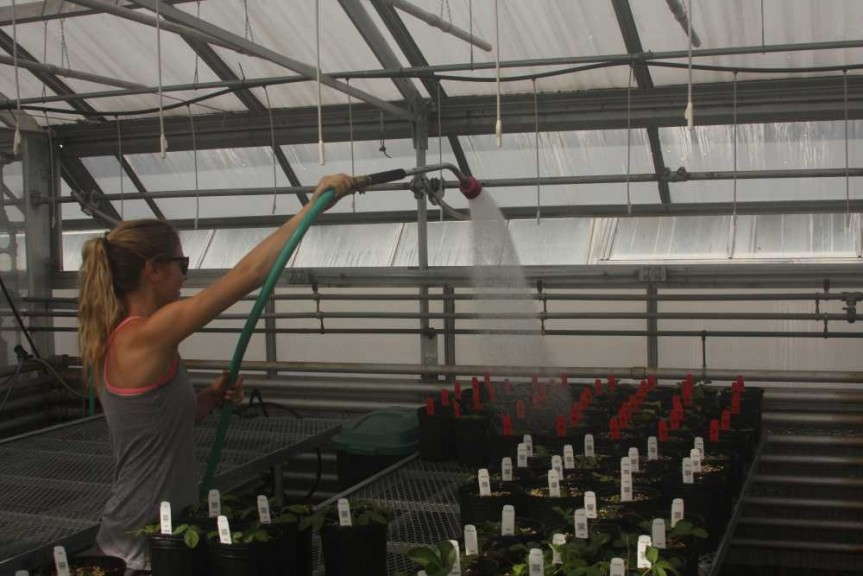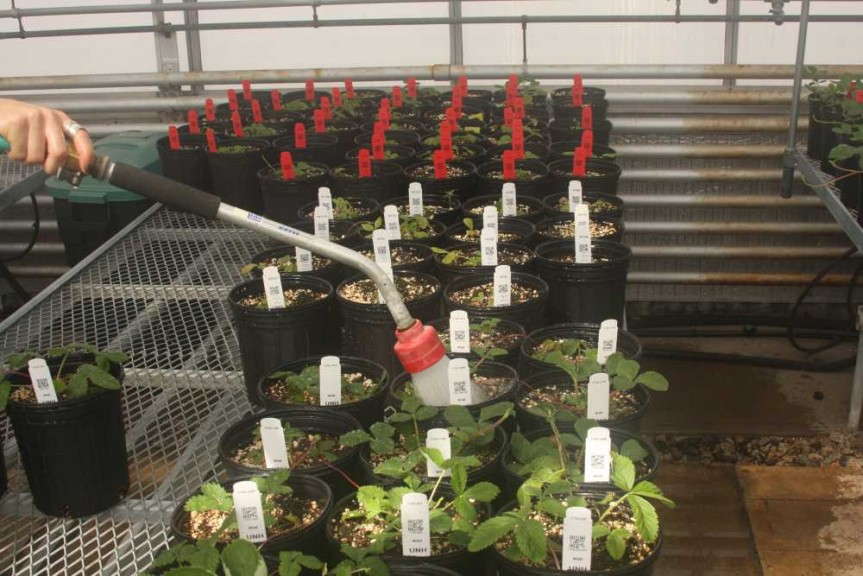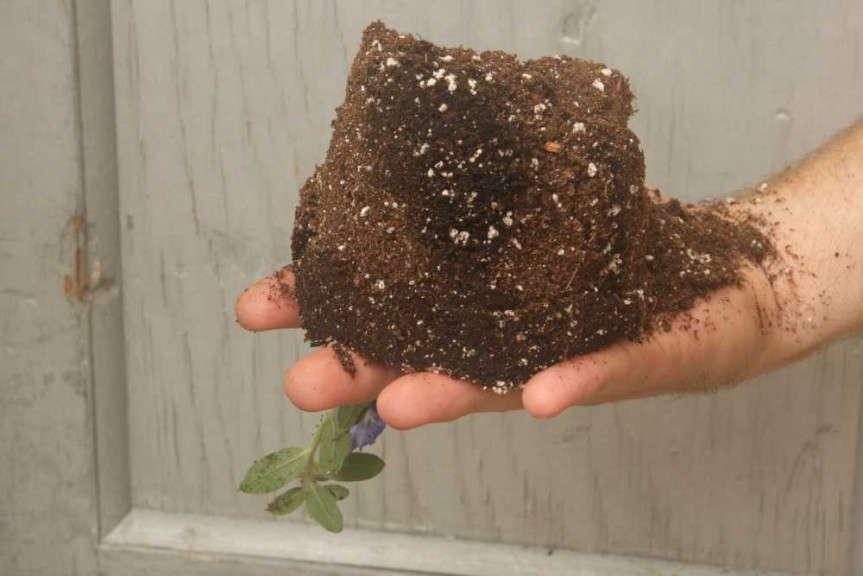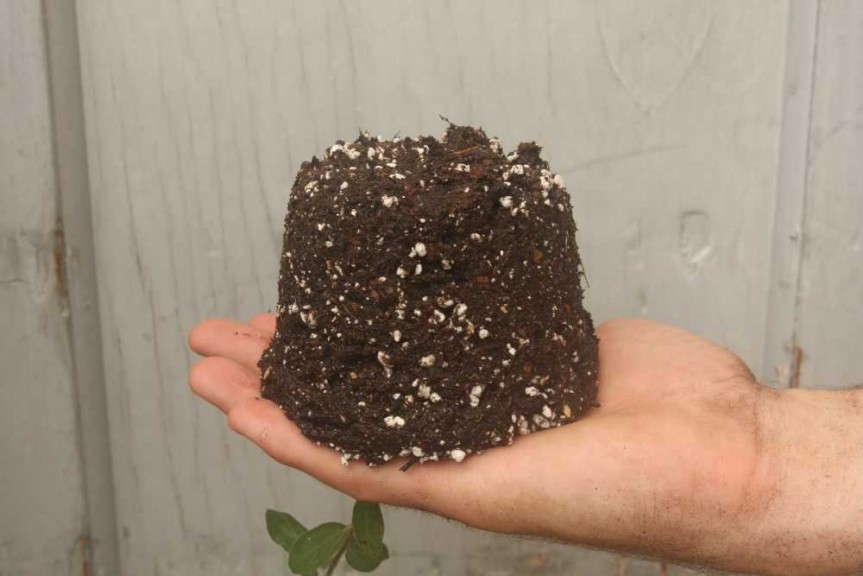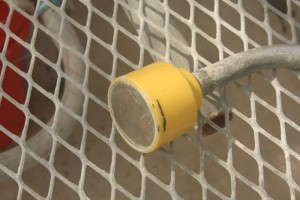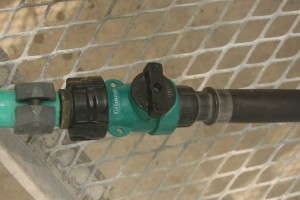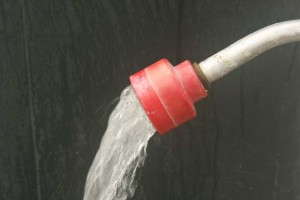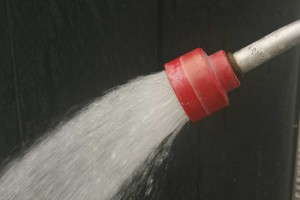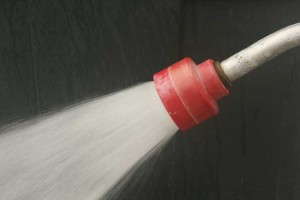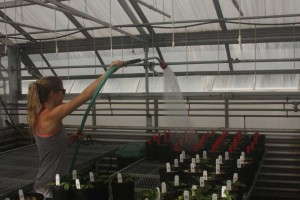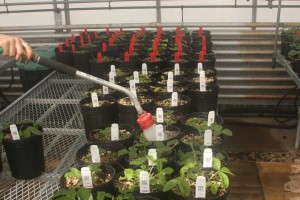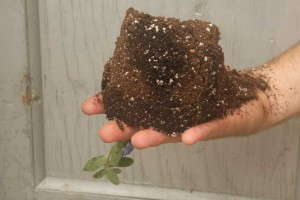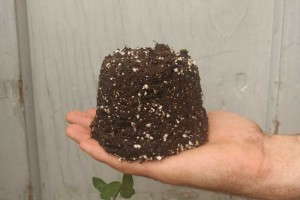Master The Art Of Watering
Watering plants is often the first task an entry-level employee is given. Yet seasoned growers are quick to agree that watering is the hardest thing to teach. Let’s discuss the basics of watering to help us understand why watering is so difficult to master.
[blackoutgallery id=”62876″]
The Mechanics Of Watering
Success with watering begins with the type of water breaker (nozzle) you use for the task at hand. There is a plethora of water breakers available. For most applications, a simple breaker that delivers a soft stream of water to the crop at an adequate volume for the container will do fine. Then, match the water pressure to your breaker. The easiest way to do this is to have a quarter-turn valve just behind the breaker, or wand, if you are using one. This enables you to adjust the water pressure quickly without having to go to the faucet, which is often useful when the supply line pressure changes as others turn on or off other faucets throughout the greenhouse. Adjust the pressure to the lowest point at which the water will flow out of the breaker in a uniform manner (generally a cone-shape).
Now that we know how to get water out of the end of the hose properly, we need to discuss how to get it in the pot and to the roots of the crop. Sounds easy enough, right? Too often, growers are seen with their watering wands high above the crop, giving it a shower. There are a few instances when it is alright to water in this manner, like when watering plug trays, but in most cases, it is not an appropriate method.
Watering a crop like this has a number of drawbacks. By and large, this gets the foliage wet and only saturates the top 1/4 to 1/2 inch of substrate in the pot, which predisposes the crop to diseases like Botrytis, especially if watering is done late in the day and plants do not dry before dark. This style of watering also guarantees you will have to water again tomorrow, or even later the same day. It is difficult to maintain a steady pace and pattern when moving across the bench, resulting in some pots being overwatered and some pots being underwatered. This is where the vicious cycle of spot watering begins.
A more preferred method is to lower the breaker down near the soil surface of the pot and move pot to pot, watering each plant individually. Using this method, you can more easily control the amount of water that goes into each pot by holding the breaker at each pot for a consistent 1-2-3 count (more or less depending on the size of the pot). In addition, you minimize the amount of foliage that gets wet and maximize the use of water and fertilizer by delivering it directly into the pot.
When To Water And How Much To Add
We often hear growers refer to themselves as dry growers or wet growers to describe their tendencies when watering. Do they keep plants on the dry side before watering or on the wet side? Neither is necessarily right or wrong. Dry growers run the risk of damaging plants if they get too dry, and wet growers run the risk of root rots. Each person has to be comfortable with the risks they take.
As with most things, the best approach is moderation. It is good to let the substrate dry down between waterings, but it is also good to completely saturate the substrate when you do water.
When determining when to water, your eyes can play tricks on you, so don’t rely on them solely to make watering decisions. How many times have you watered in a new crop until the substrate looks saturated, only to find that ½ inch below the surface the substrate is completely dry? Or, have you watered when the surface of the substrate looks dry over the course of a week or two, only to be presented with root rot?
If we can’t trust our own eyes, what can we trust? Our hands. While walking your crop to make the daily decision to water or not, pick up a few pots from each bench. Do they feel heavy or light? If they are heavy, even though the surface is dry, don’t water. If they are light, even though the surface looks wet, maybe you should consider watering. When first using this technique, take an extra step and turn the plant over and pull the pot off the root ball and inspect the moisture level throughout the entire profile of the pot. With the aid of your hands, now you can trust your eyes because you are seeing the whole picture.
Now that you have determined it is time to irrigate your crop, how do you know how much water to apply? This is where science collides with the art of watering. There is never a set amount of water that can be prescribed, so you as the grower need to use all the resources available to you to make this decision. Ask yourself a few questions. How big is the pot? What stage is the crop in? What is the weather going to be? How dry is the crop right now? These are all things you need to consider when watering.
I prefer to water enough to bring the substrate of the entire crop to container capacity (the point where the substrate can not hold any more water against the pull of gravity. This helps you avoid unnecessary trips through the greenhouse to spot water. In most cases, if you bring all the pots to container capacity at the same irrigation, they will dry down at the same rate. An easy way to determine if the pot is at container capacity is to, again, use your hands.
After you water a section of plants and allow the pots to drain, pick up a few plants. Do they feel heavy? Pull a few pots off again and inspect the substrate to see if it is completely wet throughout the entire pot. Don’t be afraid to dismantle a few root balls from time to time to be sure. If the pots are not completely saturated, and go back over that section and water again, adjust the volume you are applying to subsequent sections to get the pots to container capacity the first time.
Next time you hire a new employee and immediately hand them a hose, think twice. Take the time to explain these concepts. In doing so, you will help them understand the science of watering, and they will begin to master the art.




